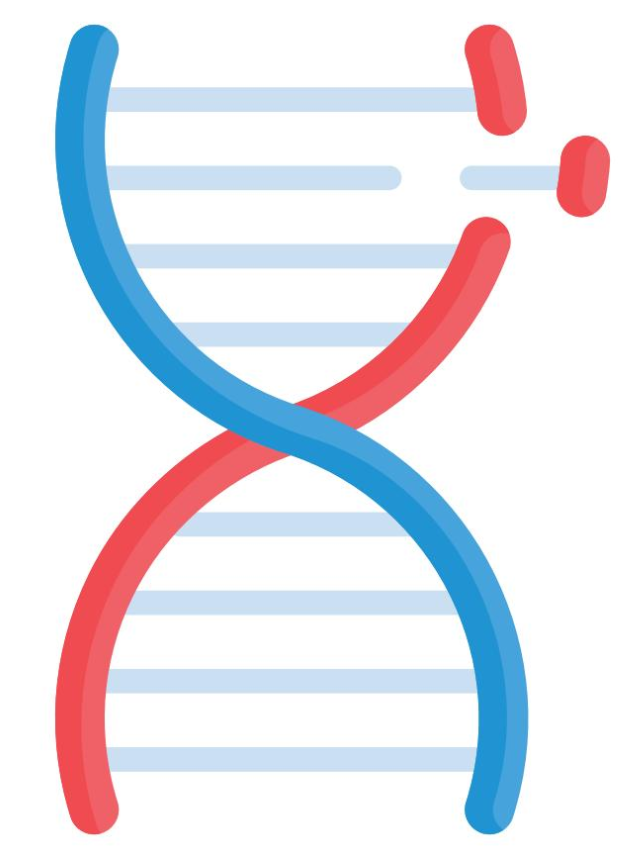Encouraging results from ongoing studies exploring subretinal and suprachoroidal administration. Cheryl Guttman Krader reports.
Ongoing clinical trials with RGX-314 gene therapy (REGENXBIO) show promise in the treatment of several retinal diseases, reported Robert Avery MD at the Retina Day session.
The investigational agent uses a novel adeno-associated viral vector to deliver a gene for an anti-VEGF monoclonal antibody fragment similar to ranibizumab.
He described the ongoing studies—including ATMOSPHERE, the phase 3 trial comparing subretinal RGX-314 against monthly ranibizumab for neovascular AMD (nAMD) treatment. Studies investigating suprachoroidal RGX-314 for treating nAMD (AAVIATE) and diabetic retinopathy (DR, ALTITUDE) are also enrolling patients, and a second phase 3 trial of subretinal RGX- 314 for nAMD is expected to start later in 2021.
SUBRETINAL DELIVERY
The clinical development of RGX-314 is supported by the results of a completed two-year, phase 1/2a dose-escalation study of subretinal RGX-314 for nAMD. It enrolled 42 patients across five dose cohorts (3x109 to 2.5x1011 GC/eye). Eligible patients had responded to previous anti-VEGF therapy and received a single injection of RGX-314.
Study researchers observed dose-dependent increases in intraocular RGX-314 protein levels in aqueous samples as well as a dose-dependent treatment benefit based on measures of BCVA and central retinal thickness. A significant reduction in the anti- VEGF treatment burden allowed for durable disease control achievement, Dr Avery said.
Subretinal RGX-314 was well-tolerated. Retinal pigmentary changes (69%) were the most common ocular adverse event, and most pigment changes were in the far periphery. Most other side effects were considered related to the surgery. There were no reports of drug-related ocular inflammation.
SUPRACHOROIDAL STUDIES
The phase 2 study of suprachoroidal RGX-314 for nAMD is evaluating three doses of the gene therapy in five cohorts of patients previously treated with anti-VEGF therapy. Safety data from six months of follow-up for 15 patients treated with RGX-314 in the first two dose cohorts show some cases of mild intraocular inflammation and episcleritis that resolved in days to weeks with topical steroid treatment. Efficacy evaluations showed stable visual acuity and stable, even slightly improved, retinal thickness.
“The effects of RGX-314 on treatment burden were significant. Patients in the first two cohorts had a greater than 70% reduction from their previous treatment burden, and 30% to 40% of patients did not require additional treatment for their nAMD,” Dr Avery said.
In the study of suprachoroidal RGX-314 for DR, patients with a Diabetic Retinopathy Severity Scale score of 47 to 61 were randomised to an observational control arm or RGX-314. Dr Avery noted an imbalance in baseline characteristics of patients in cohort one with all five patients in the control arm having moderately severe NPDR while 8 (53.4%) of 15 RGX-314 patients had PDR. Again, suprachoroidal RGX-314 was well-tolerated. A single patient developed mild episcleritis. There were no cases of intraocular inflammation.
Vision remained stable. In addition, 33% of patients in the RGX-314 arm versus none of the controls achieved a two-step improvement in the Diabetic Retinopathy Severity Scale score.
“The 33% rate compares nicely with the results from the PANORAMA study with aflibercept and the RISE and RIDE studies with ranibizumab. Looking only at patients in the RGX- 314 study who had NPDR at enrolment, 43% had a two-step improvement after three months, which is a very good response,” Dr Avery said.
This presentation was made at the AAO 2021 Congress in New Orleans, Louisiana, USA.
Robert Avery MD is CEO of California Retina Consultants, Santa Barbara, USA. He has been the principal investigator for 12 national clinical trials.
bobave@gmail.com


